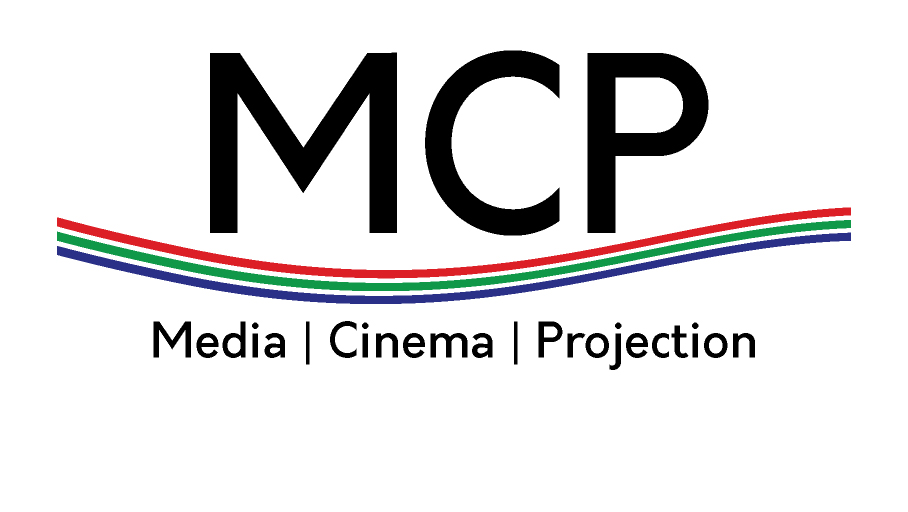For many cinema historians, the screening held by Auguste and Louis Lumière in the Salon Indien of the Grand Café in Paris on December 28, 1895 marks the birth of cinema. Cinema emerged in multiple locations at different times and in different formats, such as Edison’s first Kinetoscope parlour in New York in April 1894, or the screening of large-format Bioscop films by Max and Emil Skladanowsky in Berlin in November 1895. However, it was the Lumière screenings, and the practicality of their lightweight, all-in-one camera/film-developer/projector, the Cinématographe, that secured the medium’s success. The admission charge was a franc for a program of 10 single-shot films, each lasting less than 50 seconds, and within weeks spectators were waiting in long lines to catch one of the 20 shows a day the Lumières were offering. Thus, the entry of this new medium into global culture coincided with the cycling boom of 1895, and this coincidence is marked emphatically by the first film in the program.
Source: Cinema and Cycling, Technological Twins | The MIT Press Reader
